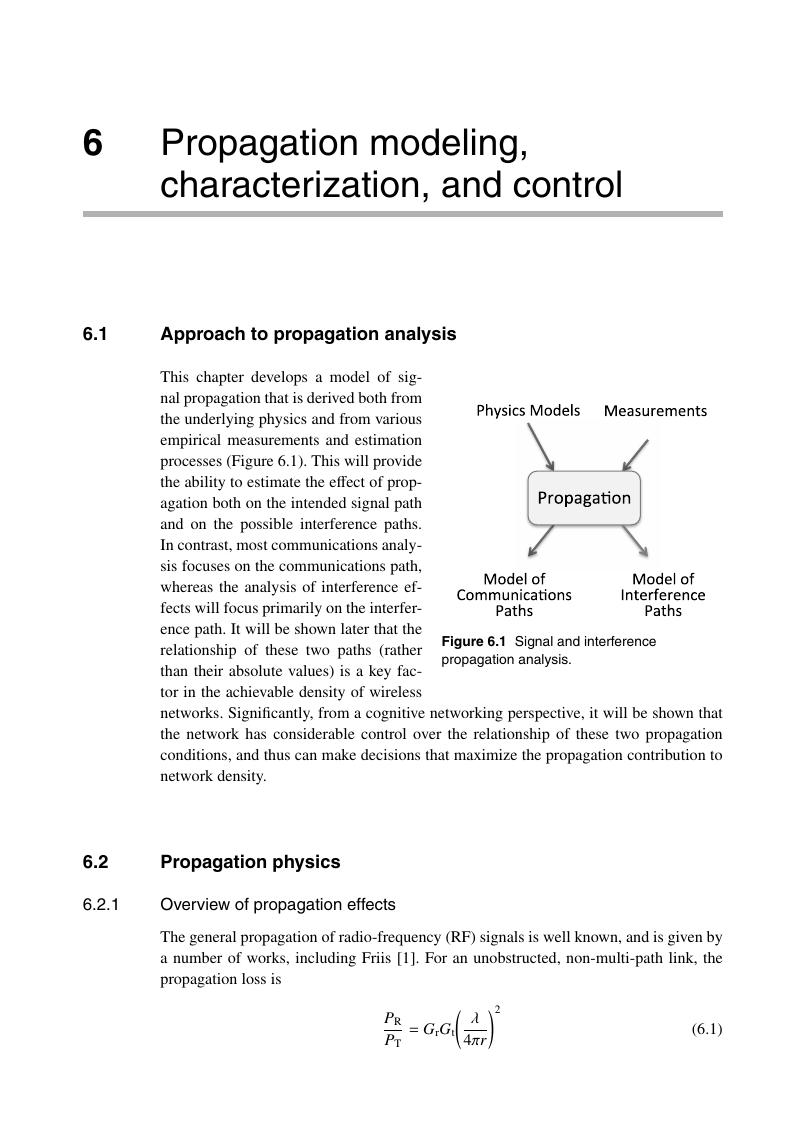Book contents
- Frontmatter
- Contents
- Preface
- Part I Overview
- Part II Generalized environmental characterization
- 5 The spectrum and channel environment
- 6 Propagation modeling, characterization, and control
- 7 The connectivity environment
- 8 The information and content environment
- Part III System performance of cognitive wireless systems
- Part IV Integrated awareness and decision making
- Part V Summary
- Part VI Appendices
- Index
- References
6 - Propagation modeling, characterization, and control
from Part II - Generalized environmental characterization
Published online by Cambridge University Press: 05 December 2012
- Frontmatter
- Contents
- Preface
- Part I Overview
- Part II Generalized environmental characterization
- 5 The spectrum and channel environment
- 6 Propagation modeling, characterization, and control
- 7 The connectivity environment
- 8 The information and content environment
- Part III System performance of cognitive wireless systems
- Part IV Integrated awareness and decision making
- Part V Summary
- Part VI Appendices
- Index
- References
Summary

- Type
- Chapter
- Information
- Publisher: Cambridge University PressPrint publication year: 2012



